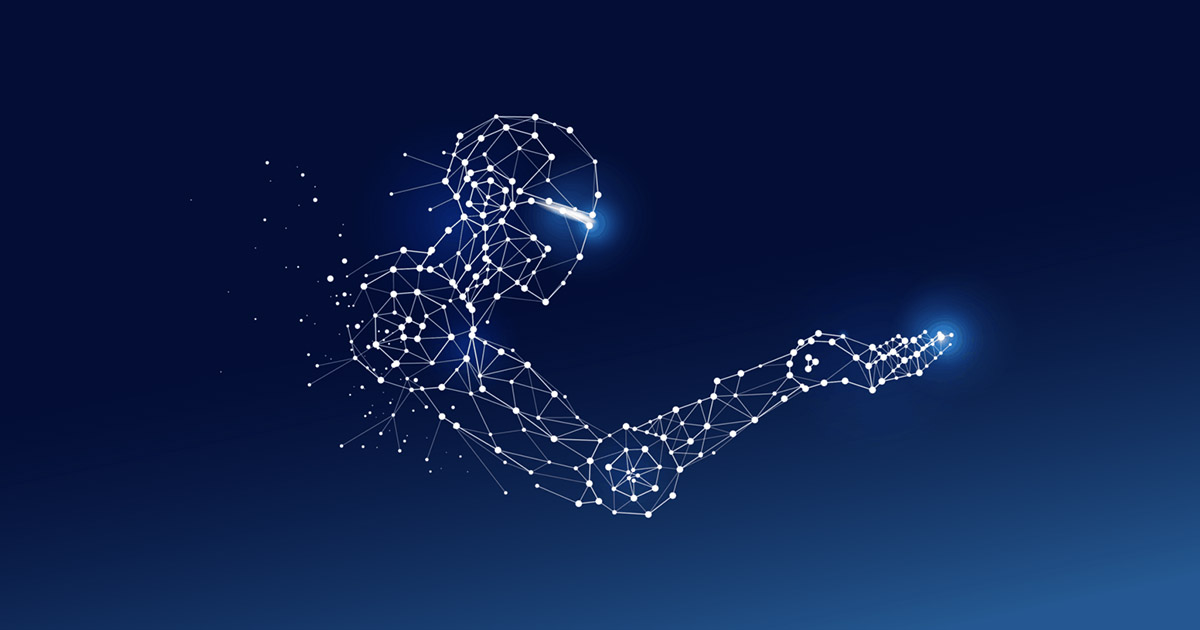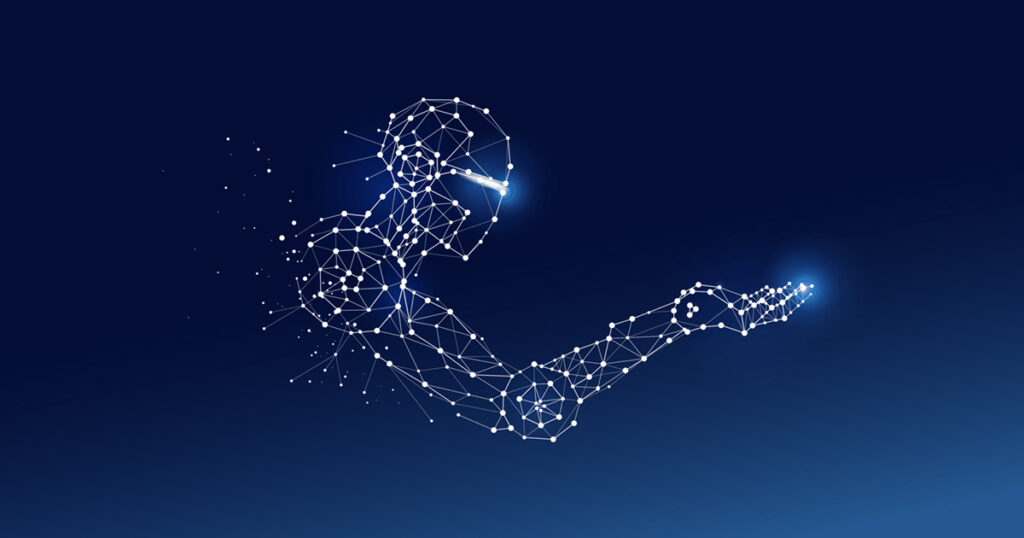Toward the end of 2019, the cybersecurity workforce amounted to 2.8 million professionals, while the number of trained professionals needed to close the gap was 4.07 million. This data hints at the urgent need to increase the current cybersecurity workforce by 145 percent globally.
While 65 percent of organizations report a shortage in the availability of talent, 36 percent say they find it hard to hire skilled professionals.
This talent shortage is only the second reason why we need automation in building cyber resilience. The first being the need of speed. Manual methods and traditional cybersecurity solutions are only so much equipped to deal with the several challenges that line up for organizations today.
This is why a sneaky intrusion could destroy a brand’s image as well as affect them economically when left to go untraced for far too long.
Automation in cybersecurity can change that. Security automation can reduce risks, address errors, and fix anomalies before they can be exploited by malicious hackers. Both in the offensive as well as defensive aspects of cybersecurity, automation can function as a game-changer.
Reduce response time with RPA
Robotic Process Automation (RPA) can take away the burden of manually performing repetitive tasks. And, also minimizes the biggest cybersecurity vulnerability- human interaction. Whether on purpose or through ignorance, humans are still the biggest risk to the cyber wellbeing of organizations.
- Research suggests that out of the many, there are a few critical benefits of using RPA in cybersecurity:
- RPA minimizes threat detection and response times through automated detection and alerts. Example: TEHTRIS EDR was recently awarded as it can fight against ransomwares without human interaction.
- It aids in application and device inventory and discovery, helping cybersecurity professionals to identify exposed threat surfaces to mitigate risks. Example: TEHTRIS EDR can help at fighting against shadow IT issues.
- RPA can enable the automatic rollout of updates and patches.
- It can further help fill the talent shortage we talked about. Example: Since 2013, TEHTRIS SOC generated far less than 1% of false positive worldwide. Beyond the skills of the member of TEHTRIS SOC , TEHTRIS technologies are really powerful for enhanced investigations. TEHTRIS have extensively automated its monitoring capabilities and now it has the same capacity as several thousand analysts thanks to its autonomous cyber bots. It’s working just like Industry 4.0 concepts with smart sensors.
- RPA can be the ideal way businesses implement 24/7 checks on their infrastructure security coverage.
Furthermore, RPA limits how involved humans are in managing sensitive information.

Optimize cybersecurity capabilities with SOAR and SIEM
Security Orchestration Automation and Response (SOAR) and Security Incident and Event Management (SIEM) are two aspects of security automation that hold much importance for companies. SOAR points to a combination of solutions that help optimize the efficiency and capabilities of security operations, freeing up human assets from low-level tasks.
Compared to EDR or EPP technologies, SIEM is more manual in nature, needing manual responses to alerts and notifications, signatures for optimization, efficiency, and so on. Both work toward using automation to organize the people, processes, and technology within your organization to their full advantage.
The good news is that TEHTRIS XDR Platform contains an integrated SOAR with many outstanding default playbooks that will leverage your power to automize your cybersecurity.
Security Orchestration Automation and Response (SOAR) and Security Incident and Event Management (SIEM) are two aspects of security automation that hold much importance for companies. SOAR points to a combination of solutions that help optimize the efficiency and capabilities of security operations, freeing up human assets from low-level tasks.
Compared to EDR or EPP technologies, SIEM is more manual in nature, needing manual responses to alerts and notifications, signatures for optimization, efficiency, and so on. Both work toward using automation to organize the people, processes, and technology within your organization to their full advantage.
The good news is that TEHTRIS XDR Platform contains an integrated SOAR with many outstanding default playbooks that will leverage your power to automize your cybersecurity.
“Compared to EDR, or EPP technologies, SIEM is more manual in nature, requiring manual responses to alerts and notifications, signatures for optimization, efficiency, etc.”
Optimize cybersecurity capabilities with SOAR and SIEM
Many cybersecurity actors collect a substantial amount of data. But, to extract value from it, the data needs to be organized into actionable steps. To do this effectively, companies must gather threat data from all attack vectors, security technologies within their systems, as well as from global threat intelligence outside their infrastructure.
Then, they need to group threats that behave similarly within this dataset and use those to predict the attacker’s next step. As is with everything pertaining to data, the more the better.
The analysis, though, should have enough computing power to scale to include today’s threat volume. Machine learning and automation can help sequence this data faster, more accurately, and more effectively.
Then, this approach can be combined with dynamic threat analysis to detect sophisticated, newer threats and take steps to mitigate them.
Implement protections faster
Once a threat is identified, organizations need to spring into action before it spreads to its networks, cloud, or endpoints. Because the analysis of a threat adds a time penalty, the identified risk should not be met where it was discovered but where it could be next introduced.
Manually creating and assessing an attacker’s action plan can mean more time for them to act. Automation can expedite the process of mitigating risks and creating protections without straining resources, so that action can be taken sooner and damage be restricted.
Automation can also be used to distribute protections to move faster than the attacker in the case of coordinated attacks.
Human-machine teaming for maximum security
Utilizing the capabilities exclusive to humans in concert with those that machines possess can be the ultimate goal of human-machine collaboration. Human-machine collaboration can lead to improved productivity, increased capacity, risk mediation and minimization by reducing the Mean Time to Detection (MTTD) and the Mean Time to Remediation (MTTR).
While machines bring the capability to gather and analyze large and complex datasets automatically and rapidly, humans bring strategic intellect and a second security layer that makes it easier to decipher attacks.
The Benefits of Automation for Your Cybersecurity Posture
Organizations are increasingly placing more importance on digital transformation activities and increasing the technical complexity of their infrastructure. This directly affects how organizations stay competitive, interact with their customers, and how efficiently they perform operations.
This organizational complexity can lead to risks if cybersecurity arrangements don’t evolve on the side. Digital transformation activities increase the overall surface area of attacks and organizations not leveraging automation might lose perspective what needs securing and how.
By using automation to improve the cybersecurity posture, companies can focus on activities that are more complex, while machines perform the mundane work.
Once the repetitive is taken care of, cybersecurity teams can focus on remediation activities, engineering and architectural risks, automation development, and more such in-depth activities that aim to better an organization’s cybersecurity resilience.

